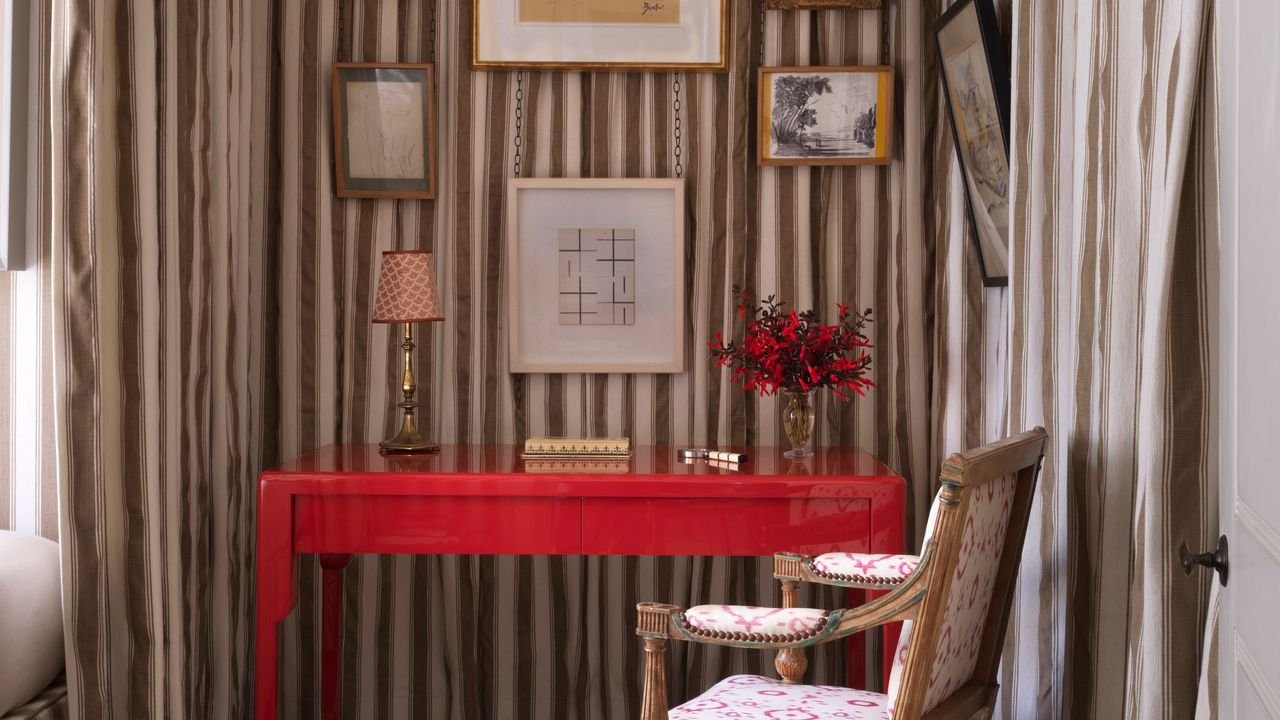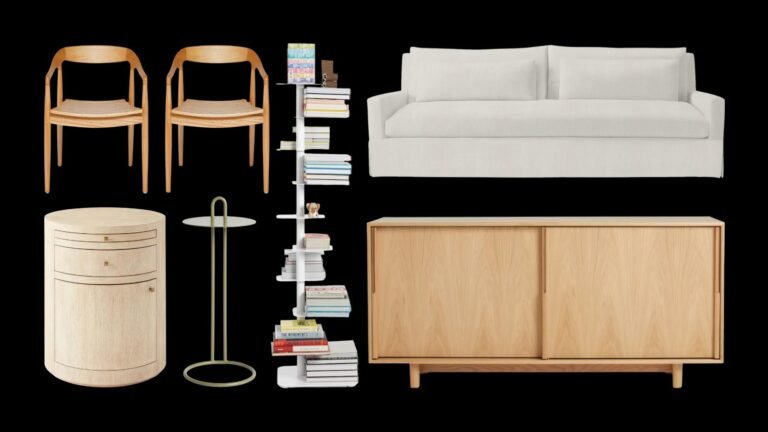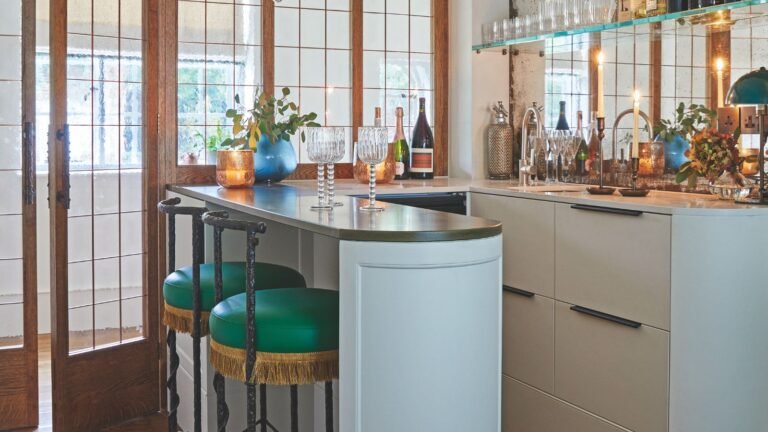Discovering the Timeless Allure of Lacquer Furniture
In the world of interior design, lacquer furniture has emerged as a captivating choice, bringing a unique blend of elegance and versatility to spaces. James Lowther, founder of The Lacquer Company, recounts his first encounter with this timeless art form back in 1999 while traveling in Burma (now Myanmar). “It was awe-inspiring,” he shares. A vintage betel box he purchased led him to explore a hidden collection of antique lacquer pieces, which remain a treasured part of his collection today.
The Rich History Behind Lacquer Craftsmanship
A Labor-Intensive Process
Lacquer is a historical craft from East Asia, boasting thousands of years of development. The process involves extracting the sap from lacquer trees to create a durable, glossy finish that beautifies various surfaces. James emphasizes that crafting lacquer pieces demands exceptional patience, skill, and meticulous attention to detail. He discovered this intricacy first-hand in Saigon, Vietnam, where he began producing lacquerware in the traditional Vietnamese style, Son Mai.
The Craftsmanship Journey
Each piece undergoes a complex series of steps—from hand-applying multiple layers of lacquer and allowing them to dry naturally to wet sanding and final polishing. This extensive craftsmanship results in stunning, vibrant surfaces that add depth to any interior design scheme.
Enhancing Interiors with Lacquer Furniture
A Splash of Color and Light
Lacquer furniture instantly elevates the aesthetic appeal of a room. Interior designer Veere Grenney highlights that whether on walls, ceilings, furniture, or floors, high-gloss lacquer can create surfaces with remarkable clarity and vivid color. “It brings a crispness and a clean-line appearance, striking a balance between immaculate beauty and liveliness,” he notes.
James also appreciates lacquer’s versatility, emphasizing that it fits seamlessly within both traditional and contemporary interiors. He frequently combines lacquer pieces with wooden antiques for a richly layered look, creating contrasts that draw the eye.
Reflecting Elegance
Moreover, the reflective nature of lacquer plays a crucial role in modern design. Duncan Campbell from Campbell-Rey remarks on the satisfying way a polished lacquer surface catches light, injecting freshness into various styles and periods of decor.
American designer Miles Redd endorses this enthusiasm, expressing his fascination with lacquer’s reflective qualities, particularly in rich, dark tones. "Such finishes infuse life and modernity into traditional spaces," he asserts.
Conclusion: The Timeless Appeal of Lacquer in Design
Lacquer furniture not only showcases a rich heritage but also offers adaptability in today’s interior design. It enhances the beauty and charm of any space through its vibrant finishes and reflective surfaces. For those looking to incorporate this timeless craft into their homes, lacquer pieces can provide striking contrasts and elegant touches throughout.
Explore more about how to effectively use lacquer in your interior design by visiting this insightful article.
For further inspiration and tips on enhancing your living space, check out our blog at ChatbiHouse.










